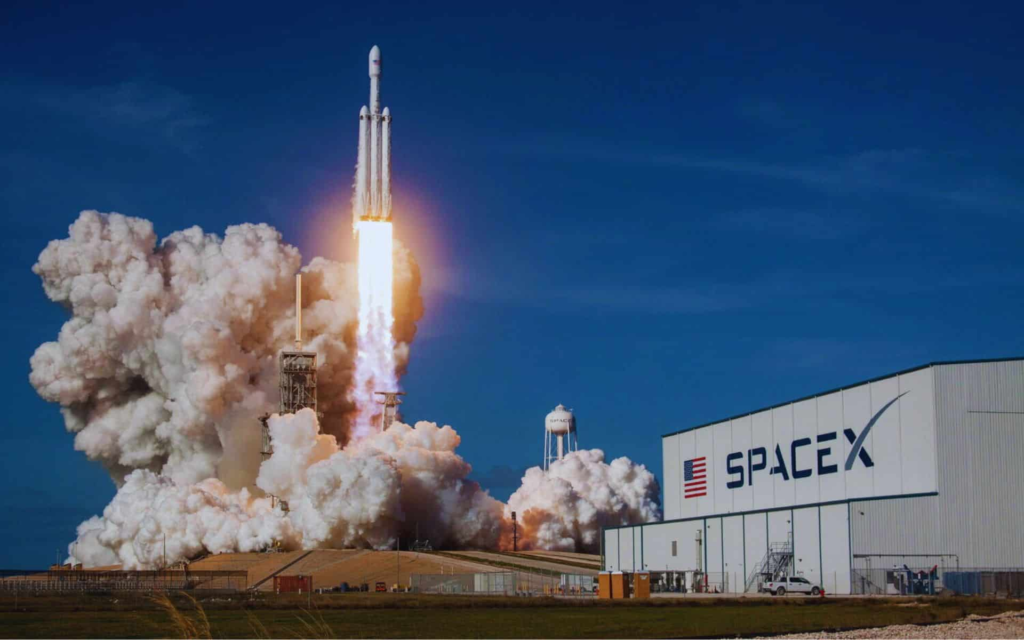
SpaceX, the trailblazer in commercial space travel, is facing new scrutiny as NASA raises SpaceX safety concerns after a Crew-8 astronaut was hospitalized following splashdown. The incident brought fresh questions around the procedures SpaceX follows for bringing astronauts safely back to Earth after long missions. For NASA, it’s not just about getting astronauts home—it’s about ensuring they’re in top health every step of the way.
What Happened to the Crew-8 Astronaut and Why NASA Has SpaceX Safety Concerns
After 236 days aboard the International Space Station, the Crew-8 mission touched down in SpaceX’s Dragon capsule off the coast of Florida. Normally, post-splashdown evaluations go off without a hitch, but this time, one of the astronauts had to be taken to the hospital for further checks. It’s standard for astronauts to undergo medical evaluations after long stints in space, but this one took an unexpected turn, sparking a new level of SpaceX safety concerns about the potential risks in post-flight recovery.
[Related: Will Reusing SpaceX Rockets Become Too Risky?]
For SpaceX, this situation puts their already rigorous safety protocols under the microscope. NASA’s partnership with private companies like SpaceX has been transformative, yet it also means they’re leaning heavily on these companies to prioritize astronaut well-being just as much as mission success.
Why NASA’s Concerned About SpaceX Safety
NASA’s job isn’t just to launch astronauts; it’s to protect them—throughout the mission and beyond. With this unexpected health issue, NASA wants to ensure that SpaceX’s splashdown and recovery methods don’t skip any steps. They’re closely examining if all health protocols are sufficient for returning crew members after prolonged time in microgravity, which can have serious effects on the body. NASA knows that each mission carries physical risks, and they want SpaceX to stay on top of these, especially as missions get longer and involve more private companies.
The Real Challenges of Long-Duration Space Travel
One thing is clear: space travel is tough on the human body. After months without gravity, muscles, bones, and even vision can take a hit. Recovery can be grueling, and any oversight in post-flight care can make a bad situation worse. NASA’s SpaceX safety concerns reflect this reality. As thrilling as it is to push further into space, these missions come with new challenges that didn’t exist when most trips were short. Now, NASA and SpaceX are confronting the question of how to make sure astronauts are both mission-ready and resilient enough to handle reentry and recovery.
SpaceX, with its pioneering approaches, has faced few significant setbacks. But this incident has been a reminder that human health in space travel is an area where no shortcuts can be taken. As impressive as SpaceX’s advancements have been, it’s also a company that thrives on moving fast. NASA, though, may press SpaceX to proceed with caution, especially when astronaut health is on the line.
What’s Next for SpaceX and Crew Health?
This incident may lead to NASA asking SpaceX to re-evaluate their post-splashdown routines. NASA could require stricter health checks, faster access to medical care, or even new safety procedures designed to handle the specific stresses of long-term space missions. SpaceX will undoubtedly review this situation closely; the company’s reputation as a safe and reliable partner hinges on meeting NASA’s standards for crew safety.
In the end, this serves as a reality check for the entire space industry. SpaceX safety concerns are more than just technical problems; they’re reminders that space travel is still a risky, evolving journey. For those brave enough to journey to the stars, safety isn’t just a priority—it’s essential.

